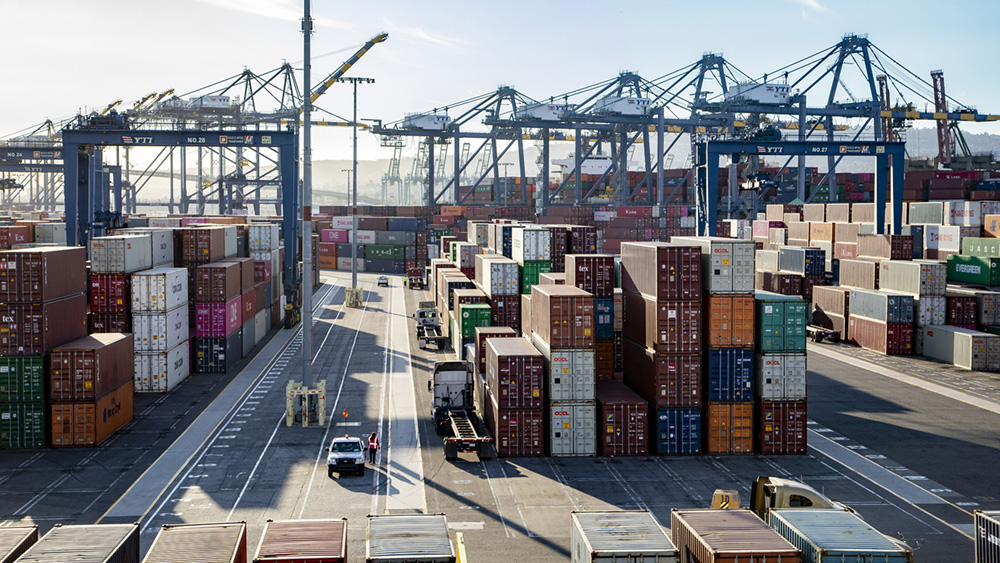
The Port of Los Angeles in July announced that it has launched “Horizon,” a long-term cargo volume predictive feature that offers cargo owners, terminal operators, truckers and other supply chain stakeholders the capability to gauge movement of containers at the port up to six months in advance.
Horizon is an added feature of the port’s “Control Tower” service, a cargo flow planning and prediction tool that launched earlier this year.
“We’re proud to break ground with this new forecasting tool, which is the first of its kind,” said port of LA Executive Director Gene Seroka. “The Horizon predictive technology is yet another service that we can offer port stakeholders to better plan and allocate resources, especially amid this historic cargo surge.”
Developed in partnership with Wabtec, Horizon uses an algorithm based on historical and trending volume data collected by the Port Optimizer, a cloud-based secure digital portal of maritime shipping data.
The Port Optimizer was created by the port in 2017 to facilitate more efficient cargo flow through its terminals. Continually taking into account changing conditions at the port, the algorithm constantly updates cargo volumes, thereby allowing the Horizon to improve forecasting over time and issue six-month-ahead volume updates every month.
“Data is a critical resource in moving goods across the supply chain and into the hands of consumers,” Wabtec’s President of Digital Electronics, Nalin Jain, said. “This is one more step in our journey to connect railroads, chassis providers, truckers, warehouse operators, and others across the supply chain with the insights they need to seamlessly move cargo in and out of ports.”
The port’s “Control Tower” data tool, which was also developed with Wabtec, was launched in February to help port stakeholders better predict and plan cargo flows. Currently, it serves as a one-stop virtual dashboard with multiple data points, including real-time views of truck turn times and other truck capacity management information.
Other features include the “Signal,” which gives a daily, three-week look at incoming cargo; and the “Return Signal,” which lets the trucking community know when and where to return empty containers to port cargo terminals. Also featured are recent and future trending volume data, as well as historical volumes and trends dating back to 2017, segmented by mode and specificity.
